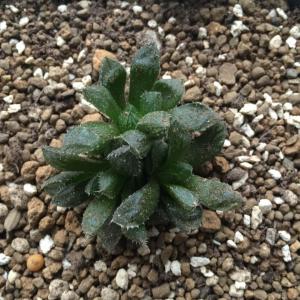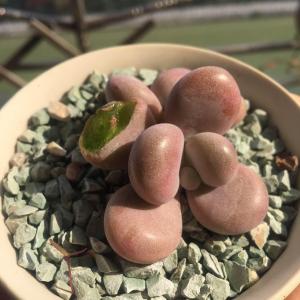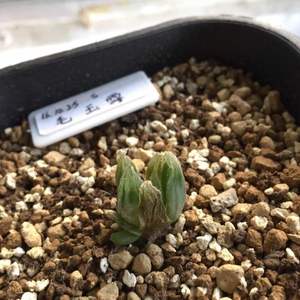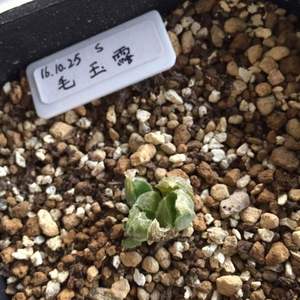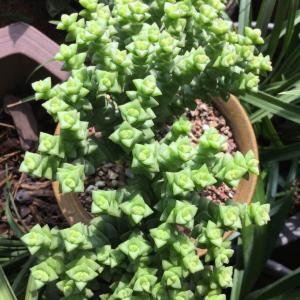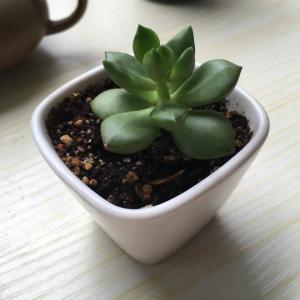Help
Donnajo C Stoops
2017-01-13

ive had her 6months maybe more i live in trinity county an there she was fine..during the winter we come to the bay it rained a lot an noticed it was "rotting" i gess..i brought her inside n shes become to look like this..what can i do i tead on another sitr that the moon cactus is made to die is that trye hlep me please
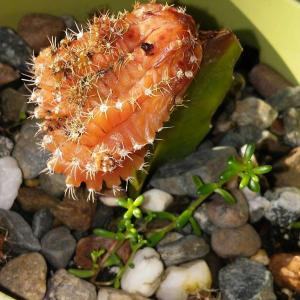

0
0
Donnajo C Stoops: thank u i have done all but cut the roots off ill be doing that tomorrow
Andy: @Donnajo C Stoops Remove the plant gently from its pot. If the cactus is affected by rot, the roots will display blackened tips. Depending on the severity of the disease, rotten cactus roots will be slimy with black or brown decay. If you determine that your cactus is rotting, it’s critical to act fast. Rot is a deadly disease and once it progresses, the only option is to discard the plant and start fresh.
ATastyBellPepper: If you catch the disease early, you may be able to save it. Remove the cactus from the container immediately. Trim away affected roots and rinse the remaining roots gently to remove fungus. Place the plant on a paper towel and put it in a warm, well-ventilated location so the roots can dry overnight. Place the cactus in a dry pot with fresh, lightweight potting soil the next day. Be sure the pot has a drainage hole so the soil can drain freely. Wait a couple of days before watering the newly potted cactus. When you resume watering, be sure you understand the most effective way to irrigate your cactus. Always water thoroughly until water drips through the drainage hole, then let the plant drain before returning the pot to its drainage saucer. Never let the plant stand in water. Be careful not to kill the plant with kindness; slightly underwatered conditions are healthiest. Don’t water until the top ½ inch of soil feels dry. Water sparingly during the winter months, but don’t allow the potting mix to become bone dry. Place the plant in bright sunlight during fall and winter and in light shade during spring and summer.
Donnajo C Stoops: i have it inside by my window should i let it dry out
我是小花: Winter waters the capacity of the moisture in wanting to control winter plant is gotten lesser than the summer much, often need not water.Sunshine is good for your plants.
Growing
梨涡浅笑
2016-09-06

DUANG!我新添加了一棵“S.1-含羞草”到我的“花园”,这是它的第一篇成长志,还请花友们多多关照噢!


5
0
安迪斯晨风: 原来会开花!
ATastyBellPepper: 可爱死了!
sunnyzou: 第一次见含羞草的花!
GFinger
2016-07-19

TIPS📝
We take an interest in gardening for a variety of reasons—higher quality produce, exercise in the great outdoors etc.
When you're just getting started, gardening can be intimidating.GFinger will help you learn the basics, starting with these steps.
Step 1: Gather Your Gear
Proper tools provide us more comfort and efficiency, which means less work for us!
Here's what you'll need to get started.
1 Trowel - Used for weeding and digging small holes.
2 Gardening gloves - As much as we like getting our hands dirty, we don’t like getting them that dirty. A good pair of gloves can also protect your hands from bugs and prickly plants and weeds.
3 Sun hat - For UV protection, make sure this is wide-brimmed and cinches.
4 Watering can or hose – What you need will vary depending on your garden’s water needs and proximity to your water source.
5 Wheelbarrow - For larger gardens, you'll need one to transport mulch, dirt, and compost.
6 Roundhead shovel - For digging larger holes.
7 Rake - Ideal for spreading mulch, and gathering or transporting debris that has collected around your garden and between plants.
8 Shears - Use to prune away browning leaves or snipping herbs.
9 Pitchfork - This is an essential tool if you are creating a compost heap or pile.
Continued…

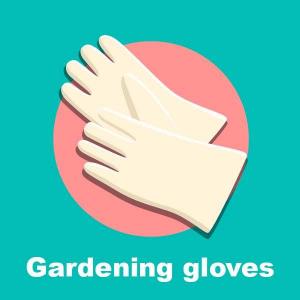

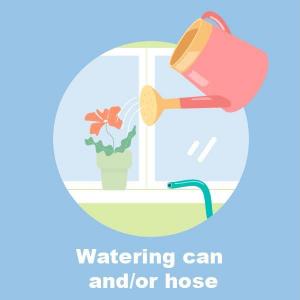

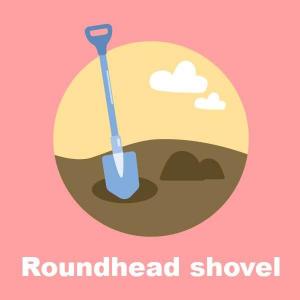
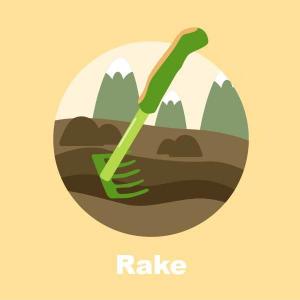


We take an interest in gardening for a variety of reasons—higher quality produce, exercise in the great outdoors etc.
When you're just getting started, gardening can be intimidating.GFinger will help you learn the basics, starting with these steps.
Step 1: Gather Your Gear
Proper tools provide us more comfort and efficiency, which means less work for us!
Here's what you'll need to get started.
1 Trowel - Used for weeding and digging small holes.
2 Gardening gloves - As much as we like getting our hands dirty, we don’t like getting them that dirty. A good pair of gloves can also protect your hands from bugs and prickly plants and weeds.
3 Sun hat - For UV protection, make sure this is wide-brimmed and cinches.
4 Watering can or hose – What you need will vary depending on your garden’s water needs and proximity to your water source.
5 Wheelbarrow - For larger gardens, you'll need one to transport mulch, dirt, and compost.
6 Roundhead shovel - For digging larger holes.
7 Rake - Ideal for spreading mulch, and gathering or transporting debris that has collected around your garden and between plants.
8 Shears - Use to prune away browning leaves or snipping herbs.
9 Pitchfork - This is an essential tool if you are creating a compost heap or pile.
Continued…









6
0



